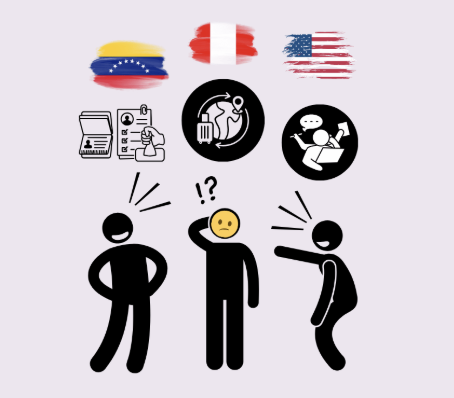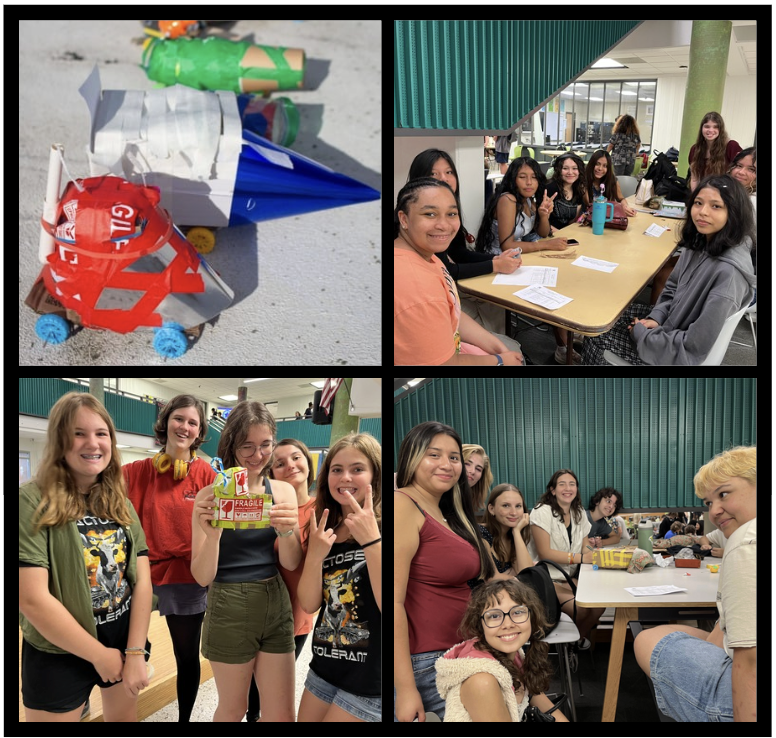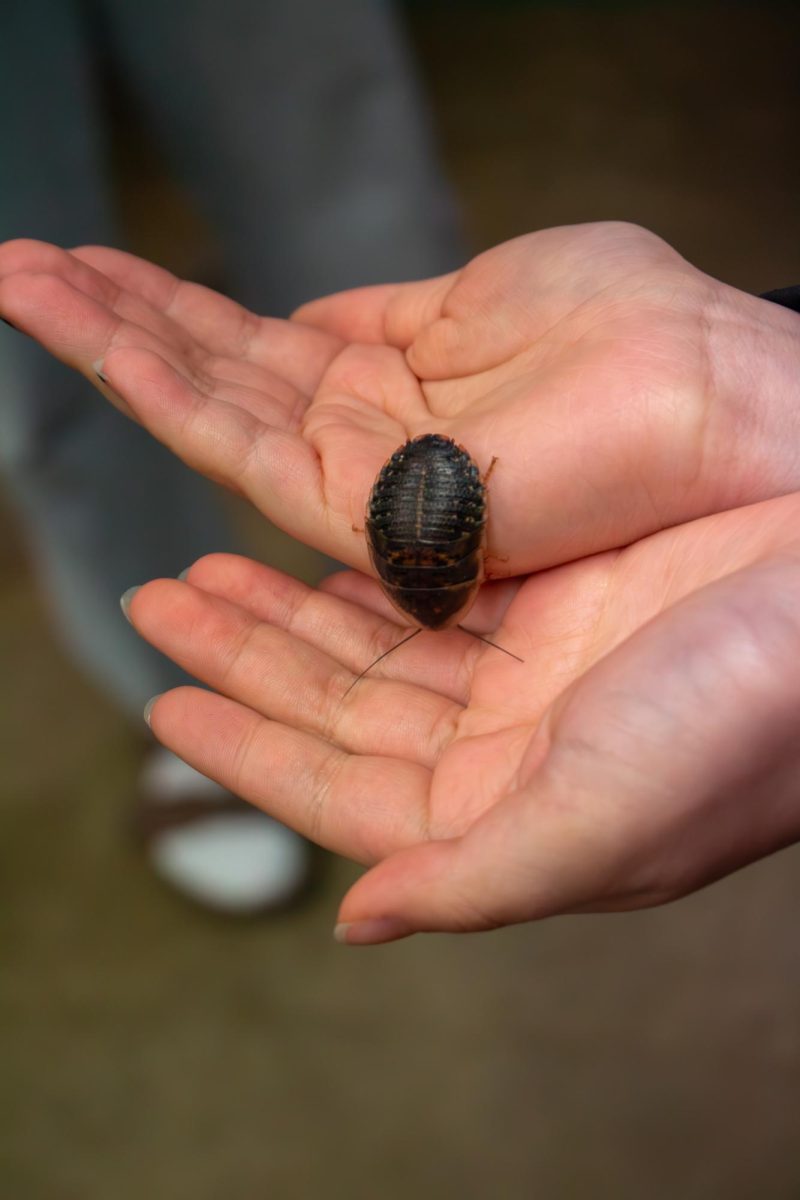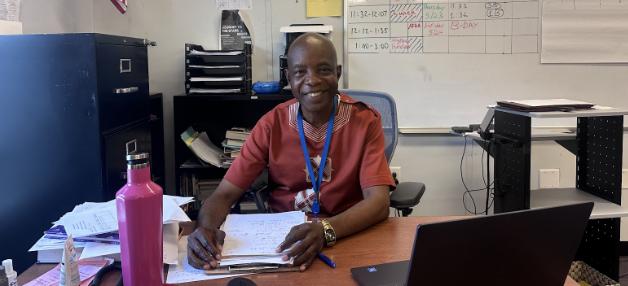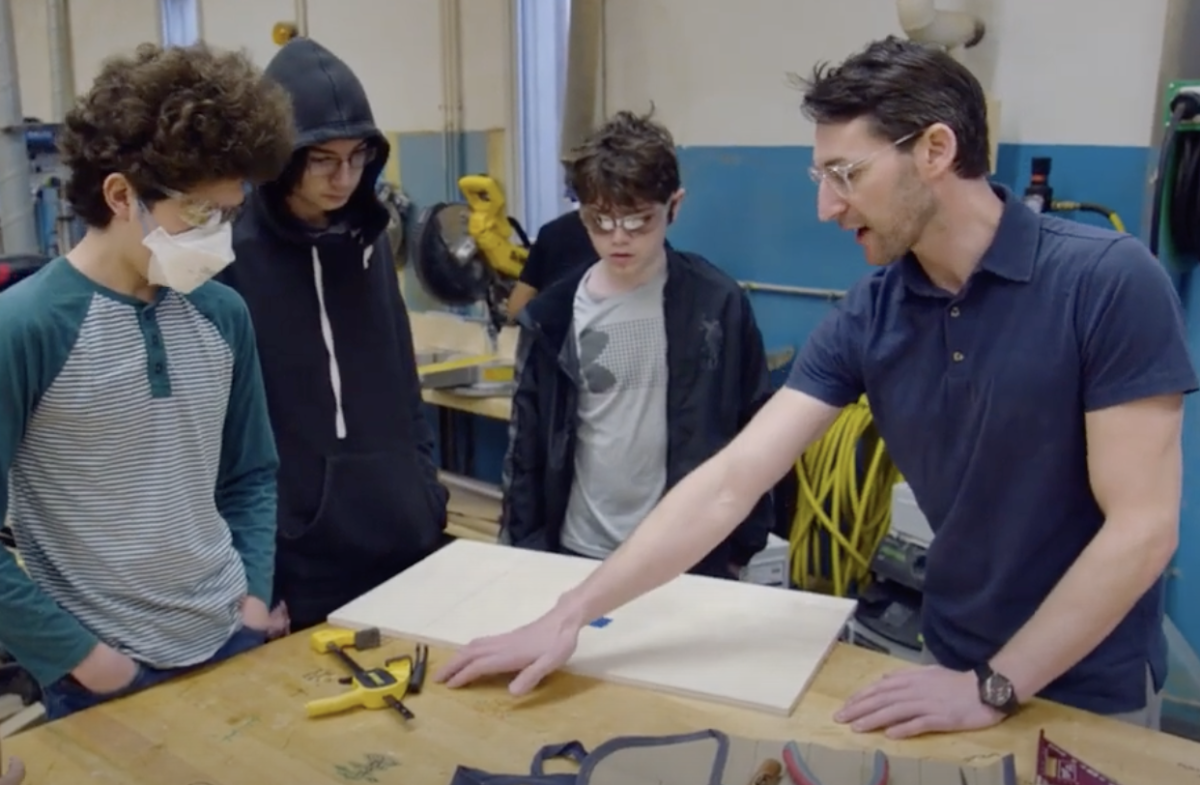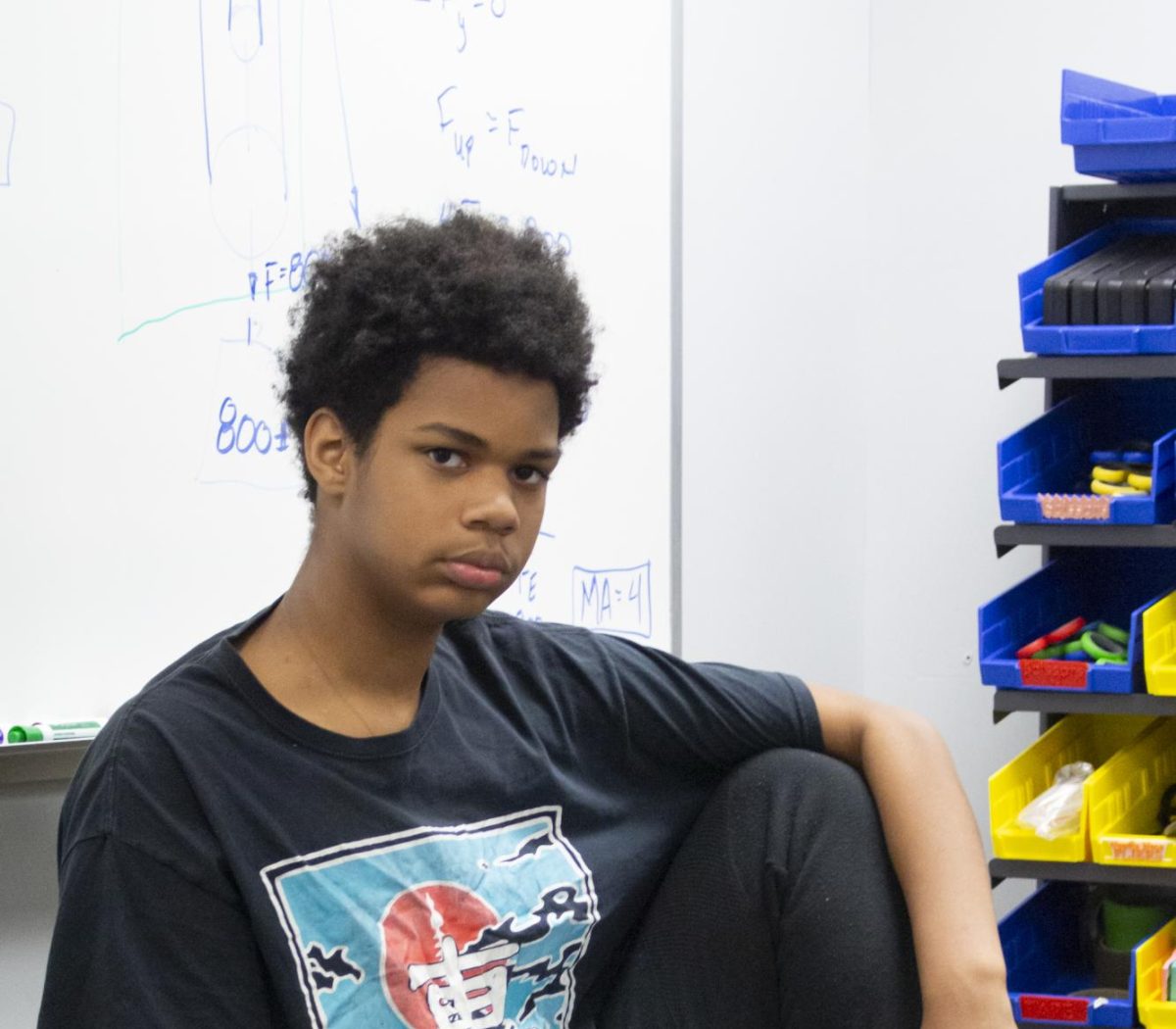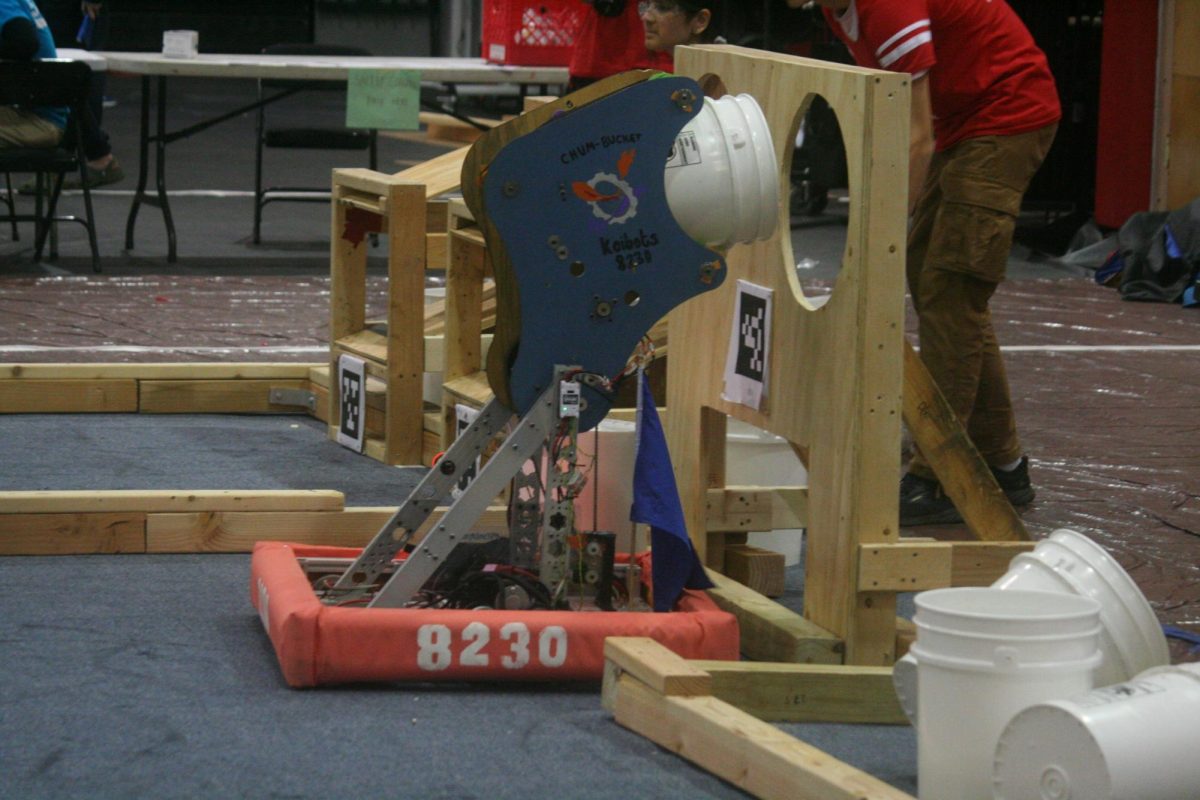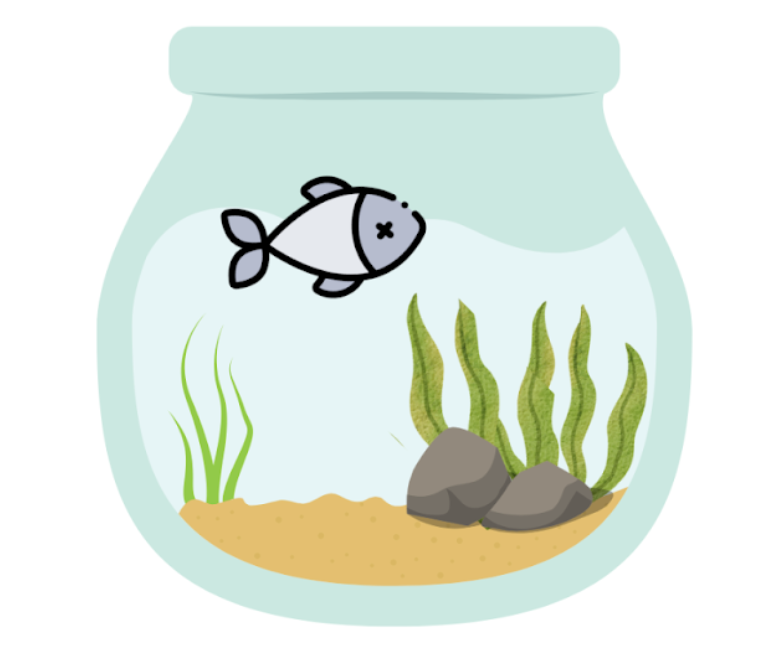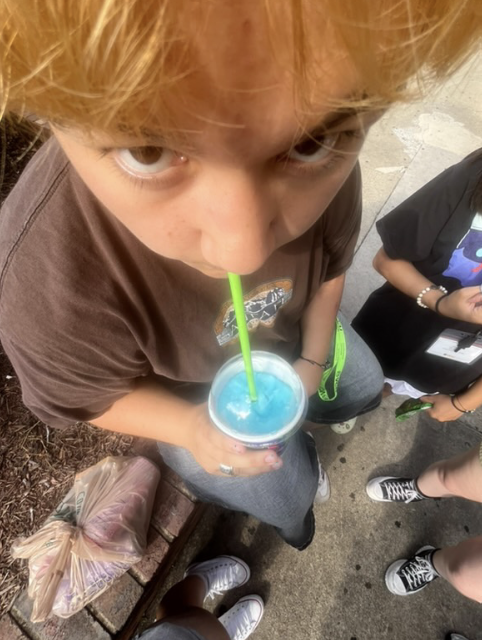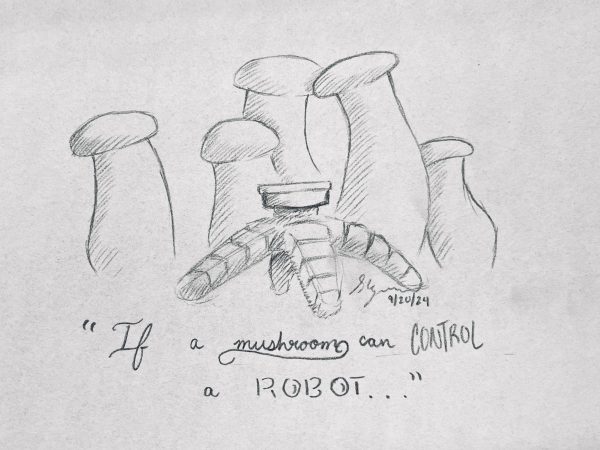
Typically, if someone tells you that there’s a mushroom piloting a robot Pacific Rim style, your first thought should be to get them to medical attention, or ask if it came from a book or movie. Late last month, however, this fever dream became a reality when a team led by Cornell University researchers published a paper detailing exactly how they did just that.[1] Let’s rewind for a bit of background.
Mushrooms belong to the kingdom Fungi, along with their evolutionary cousins yeast and mold. They come in all shapes, sizes, and colors, but the distinct shape of the cap and stem are just the tip of the iceberg. Look below ground, and the organism is actually a vast expanse of feathery, living filaments, often off-white in coloration. These individually are called hyphae, and their collective is called the mycelium, a mass that can reach indeterminable sizes. The largest ever recorded is an Armillaria ostoyae in Oregon, spanning nearly four square miles and estimated at over two thousand years old.[2] Much like a human brain, hyphae can transmit and receive information with electrical signals.
The researchers placed a lab-grown mass of Pleurotus eryngii—or a king oyster mushroom—mycelium inside two different structures: a four-wheeled robot and a soft-bodied robot with five limbs. Strictly speaking, it is not a mushroom controlling it, simply the hyphae. CNN reports that it took “14 to 33 days to fully integrate with the robot’s scaffolding.”[3] The experiment results speak for themselves, and you can view the robot moving here:
This has incredible implications for the future of robotics, bioengineering, and much, much more. Many disadvantages to a mechanical system are advantages of a living system—combining the two opens up an entirely new pathway of research. If a mushroom can control a robot, what about jellyfish, bacteria, or other organisms with unique adaptations?
And, regardless of scientific implications, it’s also just cool.
Bibliography
[1] Nutt, D. (2024, August 28). Biohybrid robots controlled by electrical impulses – in Mushrooms. Cornell Chronicle. https://news.cornell.edu/stories/2024/08/biohybrid-robots-controlled-electrical-impulses-mushrooms
[2] Casselman, A. (2007, October 4). Strange but true: The largest organism on Earth is a fungus. Scientific American. https://www.scientificamerican.com/article/strange-but-true-largest-organism-is-fungus/
[3] Hunt, K. (2024, September 4). Robot controlled by a king oyster mushroom blends living organisms and machines. CNN. https://www.cnn.com/2024/09/04/science/fungus-robot-mushroom-biohybrid/index.html

